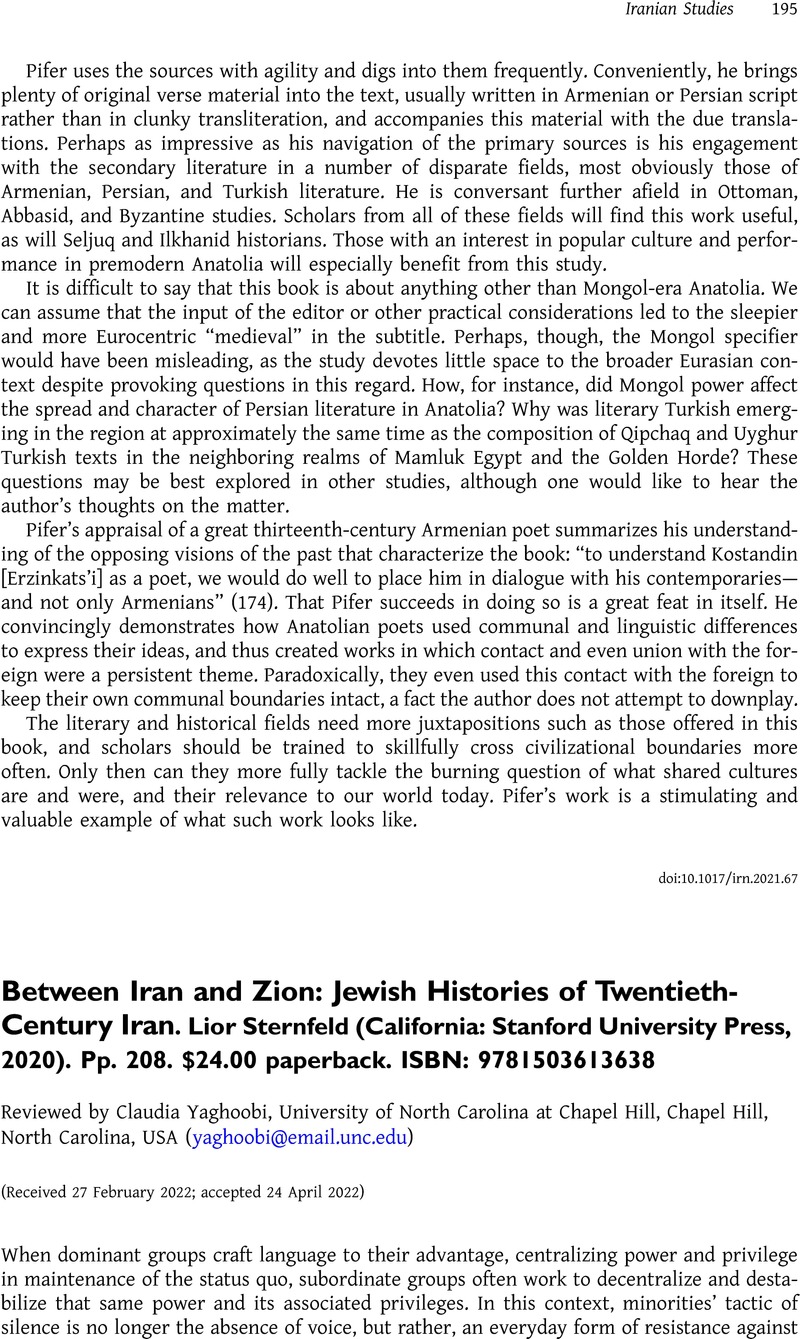No CrossRef data available.
Published online by Cambridge University Press: 05 August 2022

1 Montoya, Margaret E., “Silence and Silencing: Their Centripetal and Centrifugal Forces in Legal Communication, Pedagogy and Discourse,” University of Michigan Journal of Law Reform 33, no. 3 (2000): 263–327Google Scholar.